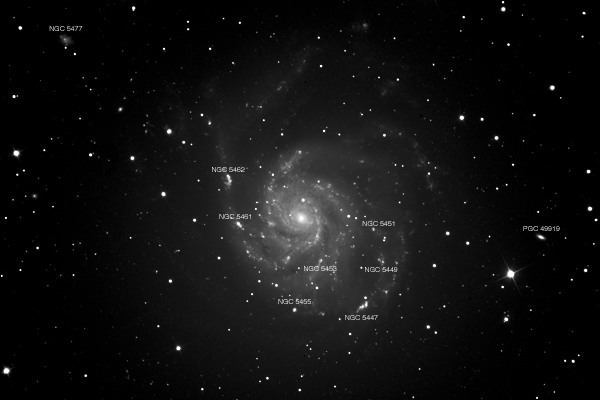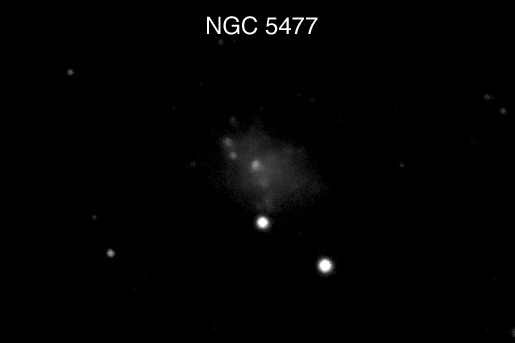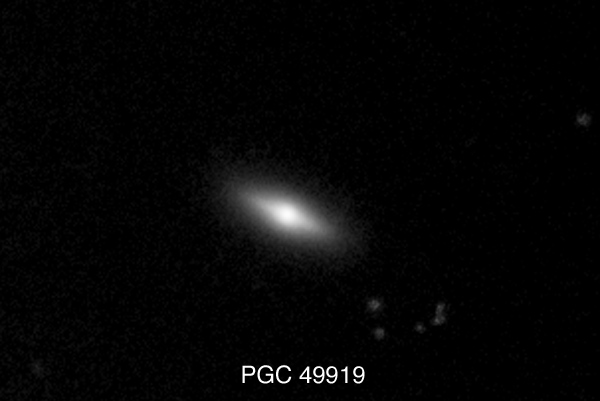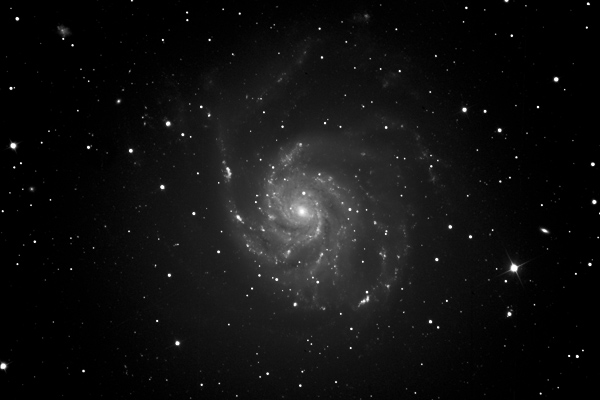I’ve started the process of imaging a galaxy designated Messier 101 (M101), often called the Pinwheel Galaxy. M101 is in the constellation Ursa Major, perhaps better known as the Big Dipper. Below is an image of this beautiful galaxy from my first data set.
Gallery: Astrophotography
It lies to the east of Mizar, the second to the last star in the Dipper’s handle, and is nearly the size of the full moon. But don’t bother going out to look for it without a good telescope. The surface brightness is well below what even a pair of 50mm binoculars can see.
But seen through the right instrument, this galaxy can be spectacular. The reason for it’s nickname becomes clear in photographs of the M101. It’s a spiral galaxy seen mostly face-on. It’s one of the great examples of the so-called grand design spiral galaxies, showing a clear and distinct spiral structure.
More about the galaxy and the image below.
A Bit More about the Pinwheel Galaxy
The object that would become known as Messier 101 was first observed by Pierre Méchain on March 27, 1781. The great French astronomer added it as the 101st object in his catalog of “nebulae” (hence the designation Messier 101). In 1851, Lord Rosse observed M101 through his monstrous 72 inch reflecting telescope and was the first to observe it’s spiral structure, making it amongst the first known “spiral nebulae.” (Lord Rosse first identified such spiral features in 1845 while observing the Whirlpool Galaxy, M51.)
The galaxy is estimated to be approximately 27 million light years away, which suggests it is about 170,000 light years across. It’s among the largest known galactic disks. For comparison, our own Milky Way is a fairly large galaxy at about 100,000 light years in diameter, and the Andromeda Galaxy is a whopping 250,000 light years across. A slight asymmetry is observed, probably the result of an encounter with another galaxy in the (astronomically) recent past.
There are a few other objects of note in this image. First, there are a number of bright star formation (HII) regions visible in the galaxy. Several of them were notable enough to be included with their own entries in the New Galactic Catalog (NGC). In the image below I’ve labeled 7 of those regions with their NGC catalog number. For more about these regions, see my earlier post in conjunction with M33.

Two Other Galaxies
You may also note that there are two objects labeled away from the disk of M101. These are separate galaxies. The galaxy labeled NGC 5477 to the left is but a patchy bit of nebulosity in this image. It is a much smaller, irregular galaxy that belongs to the same group as M101.

The other galaxy is designated PGC 49919. It is much more distant than M101. When you look closely, even with this image taken from an only moderately sized telescope, you can see a typical spiral galaxy shape. You can see the disk, more edge-on than head-on, and the central bulge.

Some Final Notes
Larger, full-frame versions of the main image and the labeled view of the galaxy can be found here.
Please visit my Astrophotography gallery for views of this image and for more images of the heavens.
Instrument and exposure information: This image was taken on a 0.32 meter (12.5 inch) f/9.0 reflector of Ritchey-Chrétien design located in southwestern New Mexico (Light Buckets instrument LB-0003). It is a luminance only (black and white) image with 40 minutes of total exposure time.

Leave a Reply